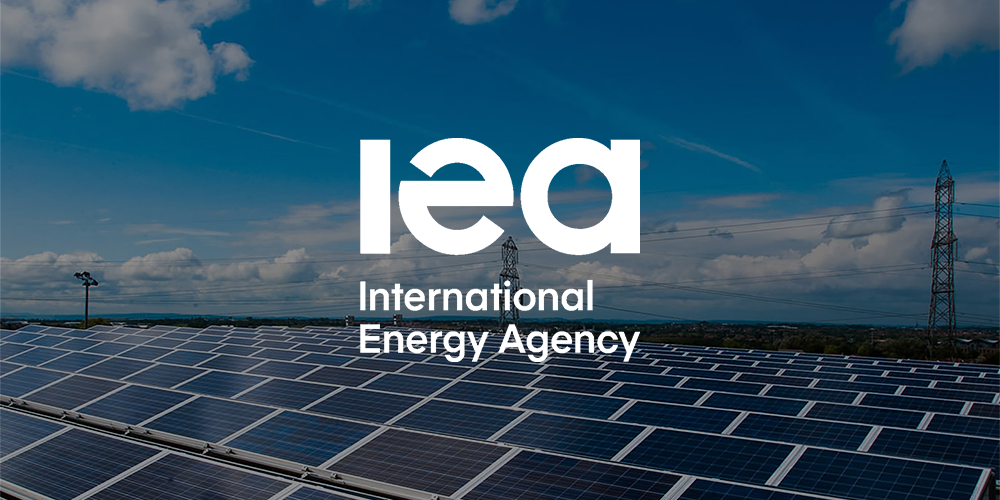
New 26MW Turbine Ushers in a New Era for Offshore Wind Energy
Dongfang Electric Corporation (DEC) has unveiled its groundbreaking 26MW offshore wind turbine, setting a new record for global turbine power. The launch took place on October 12 in Fuzhou, Fujian province, and is expected to power 55,000 homes each year while cutting CO₂ emissions by over 80,000 tons annually. This milestone solidifies China’s leadership in the offshore wind energy sector, which is on track for significant growth.
Innovative Semi-Direct Drive Technology
The new turbine features third-generation semi-direct drive technology, significantly improving efficiency. Unlike traditional direct-drive turbines that use 0.5-0.7 tons of rare earth magnets per megawatt (t/MW), this turbine only uses 0.1 t/MW. This breakthrough reduces the consumption of rare earth materials, promoting sustainability and aligning with China’s goal to cut carbon emissions.
China’s Rapid Growth in Offshore Wind
China has surged ahead in the offshore wind market, installing 7.183GW of new capacity in 2023, accounting for 9% of global offshore wind growth. With a cumulative offshore capacity of 37.7GW, China is on track to reach 45-47GW by 2025. The country surpassed the UK in 2021 to become the world’s largest producer of offshore wind energy. Projections show another 8-10GW of installations in 2024, indicating continued expansion.
Increasing Demand for Rare Earth Magnets
The demand for neodymium-iron-boron (NdFeB) magnets, vital for turbine operation, is rising sharply. The Global Wind Energy Council forecasts a 28% increase in NdFeB demand from 2023 to 2025, leading to global production reaching 35,200 tons. This demand surge will drive the growth of the rare earth magnets industry, impacting resource extraction, recycling, and supply chains in the renewable energy sector.











Leave a Reply
You must be logged in to post a comment.